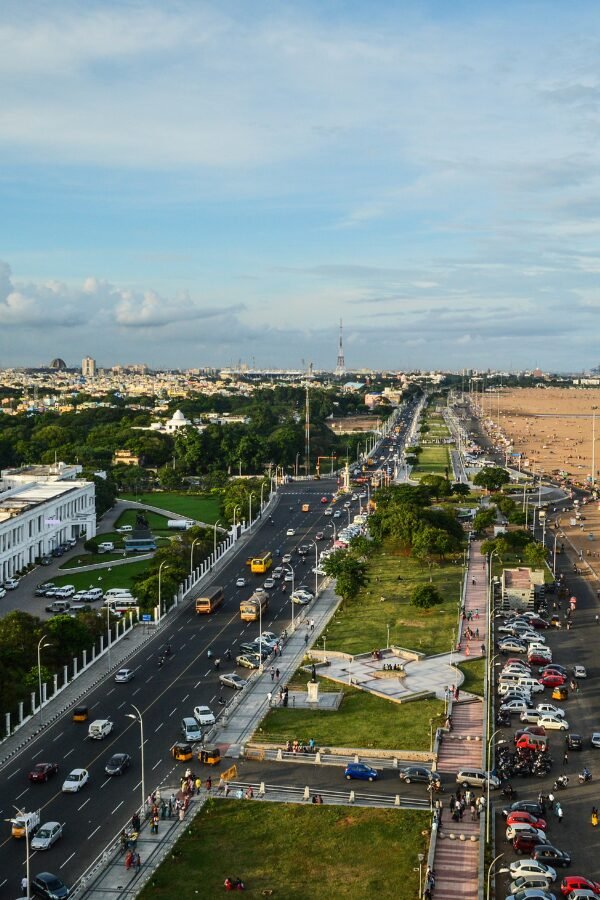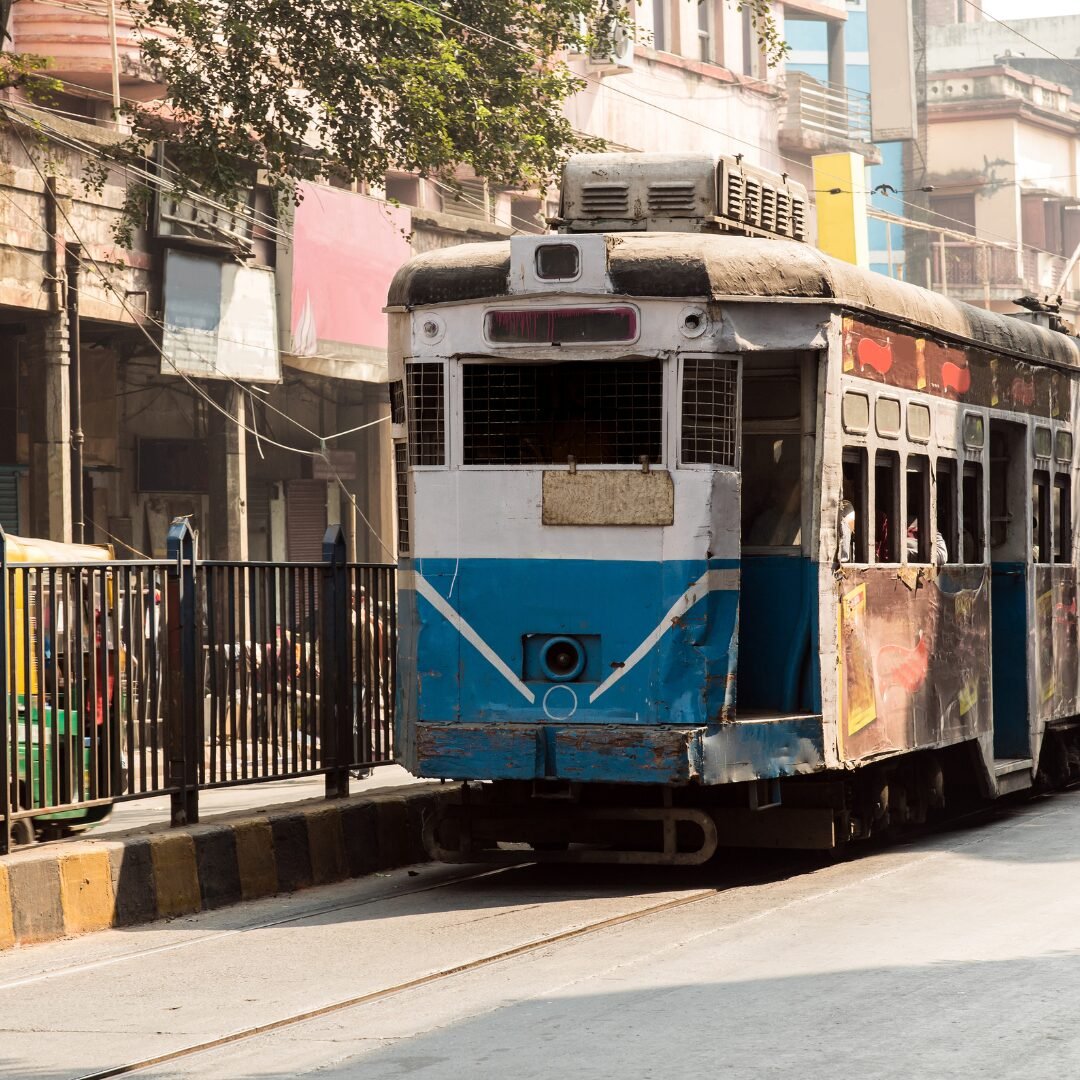Not only in economics major cities are also contributing to temperature too: The urban heats
Pragyan Rath
Jun 1, 2024. 4 minute Read
As summer heat waves sweep over the country, it’s difficult to ignore how amazing it looks in every city. The heat may be oppressive whether you’re in a small town or a busy metropolis. Cities are already recognized for their extreme heat, but it seems like they’ve turned it up this summer, quite obviously.
Even Bangalore once upon a time, a hill station faced the hottest day of its lifetime, and so is Delhi with 52 degree celsius.
Cities contribute proportionally much to climate change, despite being seen as catalysts for innovation, economic expansion, and cultural advancement. Over half of the world’s population lives in urban areas, contributing significantly to greenhouse gas emissions and other causes of global warming.
It’s so hot and humid in India that any sane person would switch on their AC for long hours. As a result, compressor burst is the new thing in India these days. Even demand for power has increased in most parts of India.
- Table of Content
- But what contributes to this increase in temperature?
- Others !
- Final Thoughts
But what is leading to these increases in temperature?
Heat waves from these urban concrete structures or otherwise called The urban heat island effect, excessive energy use, and transportation emissions are only a few of the factors contributing to this diverse urban temperature influence.
The dynamic capital city of Odisha, Bhubaneswar, is also fighting a losing battle against rising temperatures as the summer sun beats down mercilessly. Strong heat waves and high humidity have been a problem for the locals over the last two months, making daily living difficult for most.
Here is the thing: despite being a smart city with state-of-the-art facilities and infrastructure, Bhubaneswar still has difficulty ensuring its residents are safe in this oppressive heat.
But what contributes to this increase in temperature?
Temperatures rise due to heat absorbed and retained by the dense concentration of roads, buildings, and other infrastructure. Limited greenery and green spaces, which normally offer cooling through evapotranspiration and shadowing, increase this effect.
In addition, the loss of green space brought on by urbanization and deforestation intensifies the heat island effect, making it harder for the city to control its temperature. Insufficient greenery and tree cover not only raises temperatures but also reduce chances for natural shade and cooling, leaving inhabitants exposed to the intense heat.


Cities consume a lot of energy as well. The summer months see an exponential increase in the demand for electricity due to all the air conditioners, lights, and electronics gadgets. Most of this energy is produced by burning fossil fuels, which releases greenhouse gases into the atmosphere that trap heat.
This not only adds to global warming but also raises the temperature in the area around us. Often individuals with Higher disposable earnings in affluent metropolitan regions encourage using energy-intensive appliances, exacerbating the heat issue.
Others !
Chennai is already known for its hot and humid climate. The intense heat is exacerbated by the city’s high humidity and fast expansion. As a result, in peak summer hours, people consume more energy to stay cool.
Even the city of Kolkata is hot!
Interact with other people who are going through comparative encounters. You can find support groups on the web or face-to-face. A study by the American Psychological Association found that staying connected to groups can lessen sensations of dejection and work on by and large in the healing process.
Final Thoughts
A combination of infrastructural, behavioural, and economic adjustments are needed to keep our cities cool and prevent temperatures from rising. In addition to reducing greenhouse gas emissions dramatically, switching to renewable energy sources like solar, wind, and hydropower can also help cool our cities.
Encouraging widespread adoption of energy-efficient buildings and equipment can be achieved by offering incentives like tax breaks or subsidies. Eco-friendly initiatives can also be financed by endorsing green bonds and sustainable investment funds. It is quite evident, to ensure a sustainable urban environment and environmentally friendly future for all, financial support is essential.
Putting money into effective public transit systems can help lower the number of private automobiles on the road, which will lessen traffic jams and vehicle-generated heat.
In a nutshell
In order to combat the rising heat in our cities, we need to invest in green initiatives, encourage energy-efficient structures, and embrace renewable energy. Enhancing public transit will aid in cooling as well. Together, let’s create a better future.
Subscribe to new post
The One Liner
Useful Links
Order Related Queries
Useful Links
Order Related Queries




Great work, as of always!